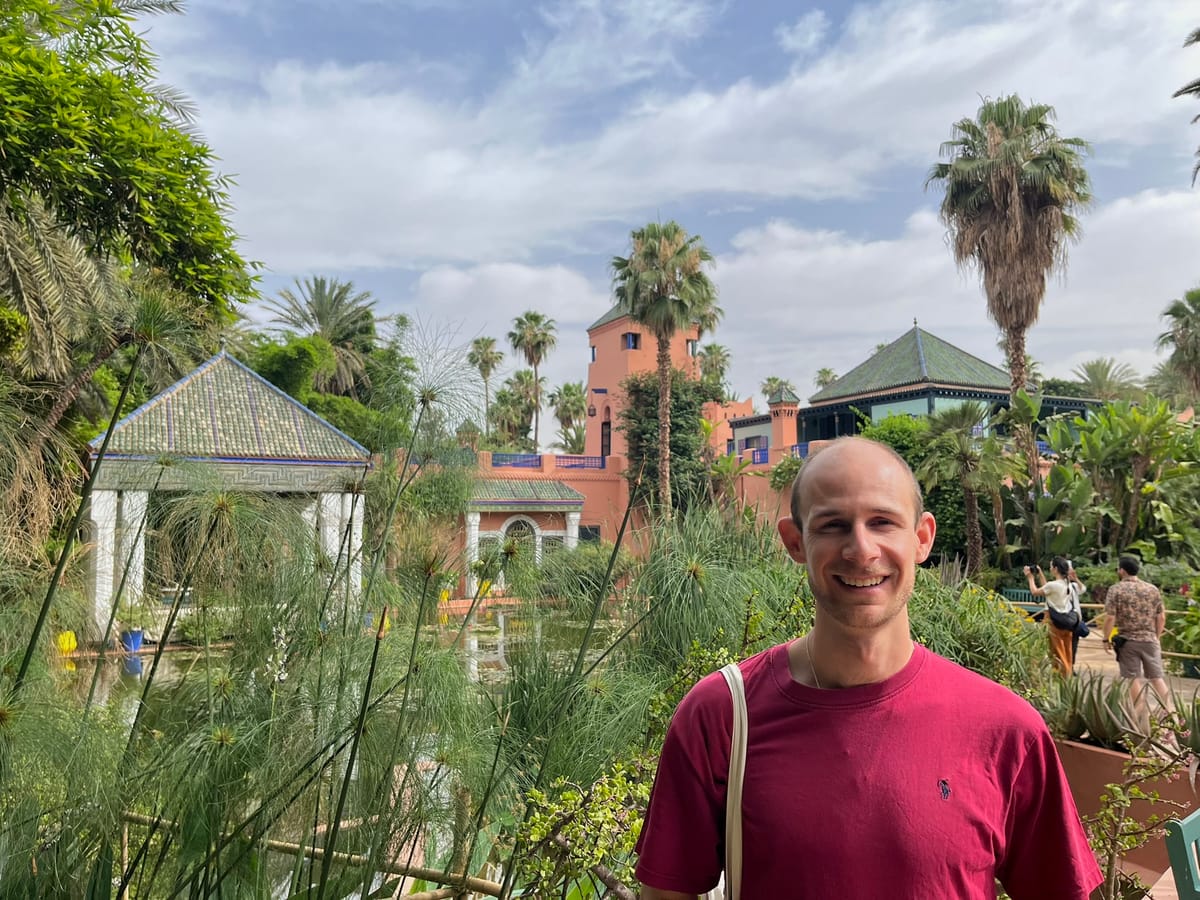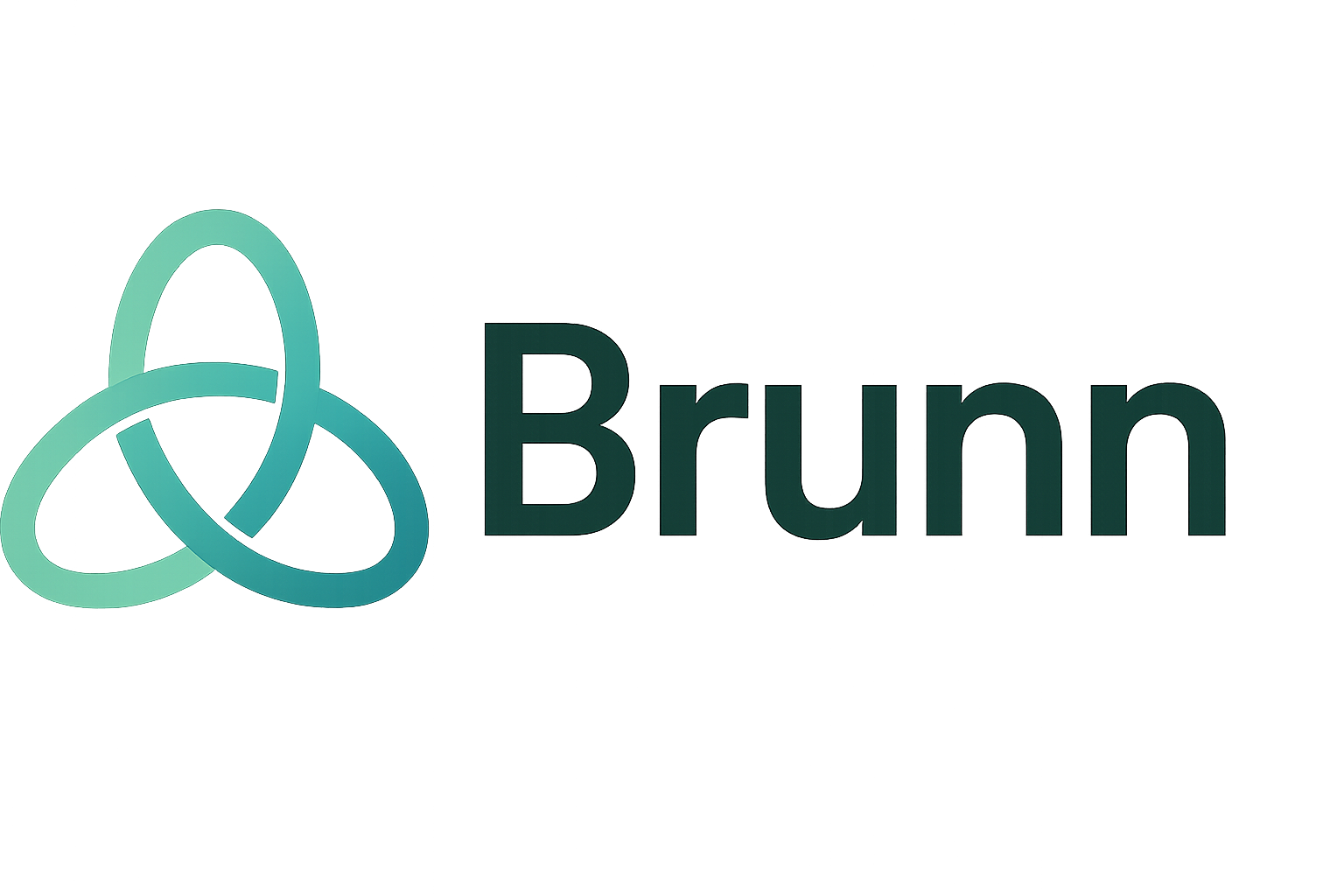Something New
Outlining the next step in my professional journey

My employment as a PhD Candidate at the Economics Department of Radboud University ended a couple of months ago. My dissertation, though, remains unfinished, so now I’m officially a bum. Although I have known for years that this is the reality for most PhDs in the Netherlands - and elsewhere, I’m sure - naively, I had thought it ‘wouldn’t happen to me’.
Where to from here?
Thus, I find myself with choices to make about: 1) if and how I finish my PhD; 2) how to make ends meet; and 3) what I would like to dedicate my time and energy to once I have lifted the PhD from my shoulders. I’ll give you the short answer to choices one and two, while choice three is the motivation for the majority of this and subsequent newsletters.
I have decided to continue with my PhD full-steam-ahead. The lion’s share of remaining work is writing and revising the three articles that will form the heart of the dissertation. It’s common for young academics to start a new position before their dissertation is accepted, and work part-time on finishing their PhD. I have decided, though, to work full-and-consecutive days on finishing my dissertation, taking time to earn some money in between finishing key deliverables. I experience significant friction when I leave and return to a project and find it most efficient to dedicate my focus to a single chunk of work, day after day, until it is complete.
I have found platforms like Outlier AI give me the flexibility to work irregular hours, pay competitive compensation, and as a bonus, expose me to frontier GPT AI models, helping me better understand how they work, their strengths and weaknesses. I would also be remiss to mention that my newly-married status means that my financial problems are also Nada’s, and living in a household with two breadwinners and zero dependents also relieves a significant amount of financial stress.
That leaves choice three...
Brunn Systems
I have been looking around, talking with friends and mentors, and consulting all the typical career resources. I haven’t found a ‘job’ that fits with my vision for how I can best contribute to society, so I'm creating Brunn.
What's in a name?
The name Brunn is inspired by the mathematician Hermann Brunn, and his work on Brunnian links. These linked systems have no individual loop connected to another, yet if any one loop is removed, the whole system falls apart.
It’s a fitting metaphor for the work I envisage. Society is composed of linked systems — energy, housing, migration — and attempting to fix one in isolation often causes failure elsewhere. Brunn reflects the belief that lasting impact requires system-aware design — and care.
The word brunn also echoes the Old Germanic word for a spring or source — of water, of ideas, of energy. I like that too.
Mission and Vision
Brunn exists to design new systems and improve upon current solutions to big, societal problems. Global problems that cross borders and negatively impact the quality of life of people everywhere. Market and financial systems innovation is the name of the game. My working tagline is “Just Action Incentivised”, with the vision statement “creating a world where just action is always incentivised.”
This is pretty abstract, so how about I try and bring us back to earth with some focus areas and my ideas for innovation.
Focus Areas
I have already gone down a few rabbit holes, looking for opportunities for me to constructively apply my skills and expertise. I have some pretty wild ideas, in areas ranging from housing to immigration, but I'd like to start this newsletter taking you along for a look at energy transition developments.
In the battery space alone, there are a handful of new business models that I think are pretty cool. While there are critics of the growing subscription economy, offering batteries as a service is appealing to me. You can own an electric car, without having to worry about the health of the battery, also saving money on the sticker price. For homes and businesses, batteries can unlock savings from day one, charging when the grid is flooded with cheap renewable power during the day, and feeding power back during peak periods. But, they come with large up-front costs. Paying someone else to look after your battery could be particularly appealing for energy-intensive businesses, creating plenty of surplus to be shared between the service provider and clients. In places like the Netherlands, there are policy changes creating strong incentives for individuals with solar panels to invest in home batteries. Neighbourhoods can be coordinated as virtual power plants. I see potential for a business that could touch all parts of the value chain - battery purchase and/or installation, maintenance, and managing charging and discharging based on market demands.
The energy transition sub-area that has captured my imagination the most, though, is sustainable aviation fuel (SAF).
🛫 SAF
Fossil fuels have got to go. In a lot of cases, this means electrification. In some instances, though, we don't have the technology to replace fossil fuel molecules. Long-distance aviation is one such example - the energy density of jet fuel is unmatched, and planes with their jet engines are SUPER expensive and are designed to burn, well, jet fuel.
Air travel contributes around 2-4% of total green house gas emissions. In 2024, SAF made up only about 0.3% of global jet fuel that was consumed, so there’s a long way to go to reach full decarbonisation. Over 90% of current SAF production uses the HEFA process. This process relies on limited feedstocks like used cooking oils and animal fats into fuel, making HEFA unsustainable for large-scale, long-term aviation decarbonisation.
Lab-proven processes - Hydrothermal Liquefaction (HTL) and Fischer-Tropsch (FT) synthesis - present opportunities to produce SAF from truly sustainable sources, utilising feedstocks like municipal waste, biomass waste from agriculture or manufacturing, or even CO₂ captured from the air.
So where does the "financial systems innovation" I talked about before come in? At the moment, there is a strong focus on directly consuming the SAF (and paying the extra cost) to enjoy it's green-ness. Book-and-claim systems exist - where the environmental benefits of SAF are decoupled from the fuel itself - but there is still a lot of work to do. The book-and-claim systems allow for the fuel itself to be produced and burned as efficiently as possible, while allowing those with the highest willingness to pay (think chronic-flying corporates with sensitive brand-images like consulting firms) to foot the bill for the higher SAF production cost. My initial impression is that advance purchase agreements and the book-and-claim systems can do more work to supporting the HUGE investment in SAF supply chains that're required.
More SAF manufacturing hubs could be co-located with rural airports (think airports served by budget airlines, Ryanair etc). These sites offer a compelling trifecta of advantages: abundant land (needed for manufacturing facilities, but also helps with access to renewable energy, which also requires land), direct access to aviation customers, and proximity to existing logistics networks.
What to expect from this newsletter
Next time, I'll dig into the SAF world in more detail - I'm excited to share the leads that I've uncovered so far!
In the future, I imagine newsletters will include updates on my PhD progress, and especially in the fortnightly editions, I'll be sure to include a few photos too.
More broadly, I'm not too sure what to expect from Brunn myself. On one hand, it could slowly evolve into some sort of startup incubator/VC firm - mission-driven, straddling many focus areas. Or, it might help me find an existing startup, or provide the inspiration for my own, drilling down into one focus area. Or I might soon end up a salaried-man somewhere, and this could become some sort of professional blog. Whatever the case, I would love to have you along for the ride - consider subscribing!
Housekeeping
By default, if you subscribe through my website brunn.systems you'll receive a newsletter roughly once a fortnight. If you would like to receive updates less frequently (monthly or quarterly) you can provide your preference here.

